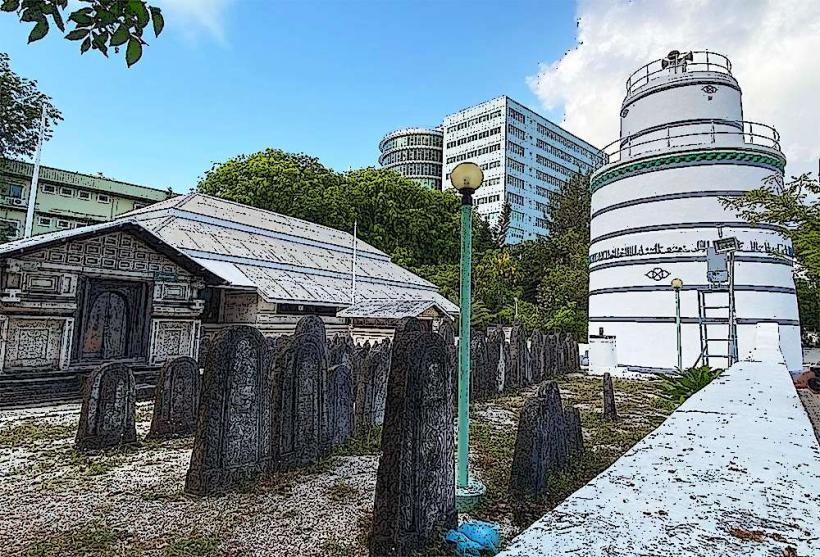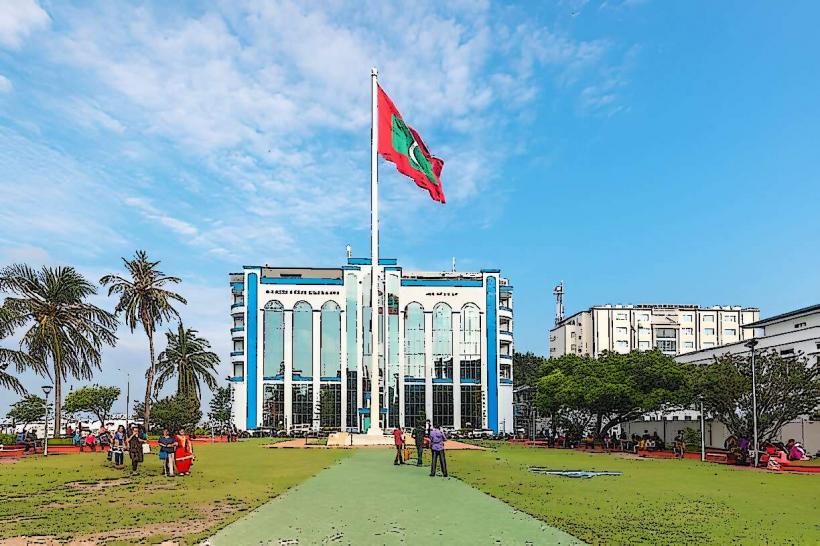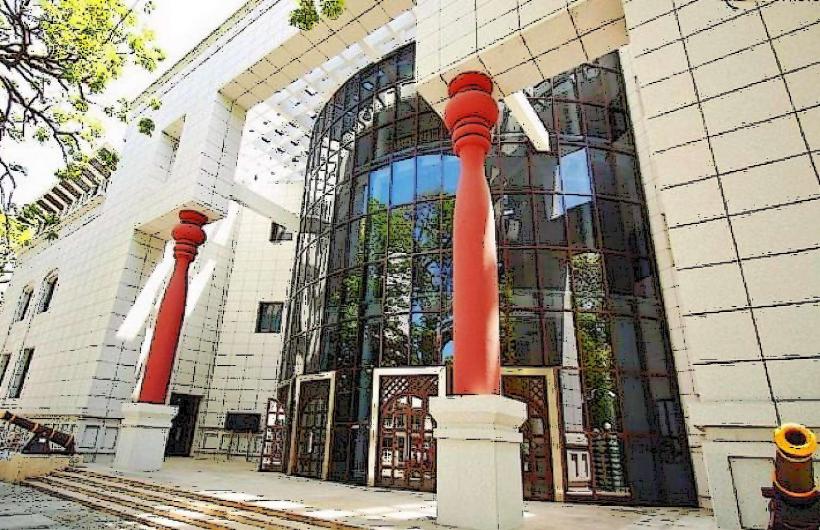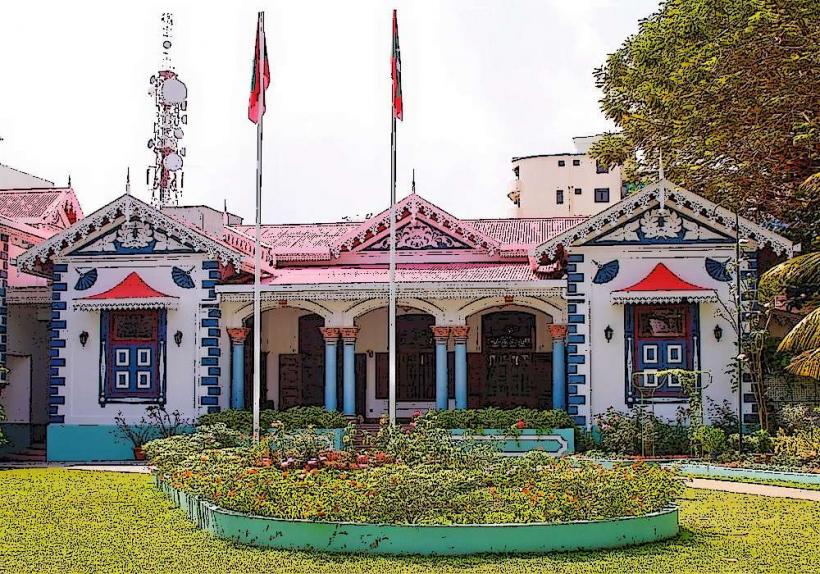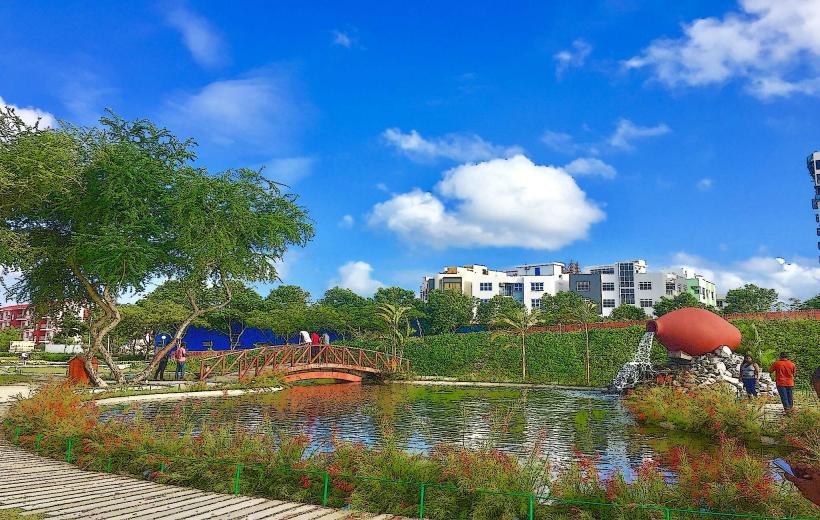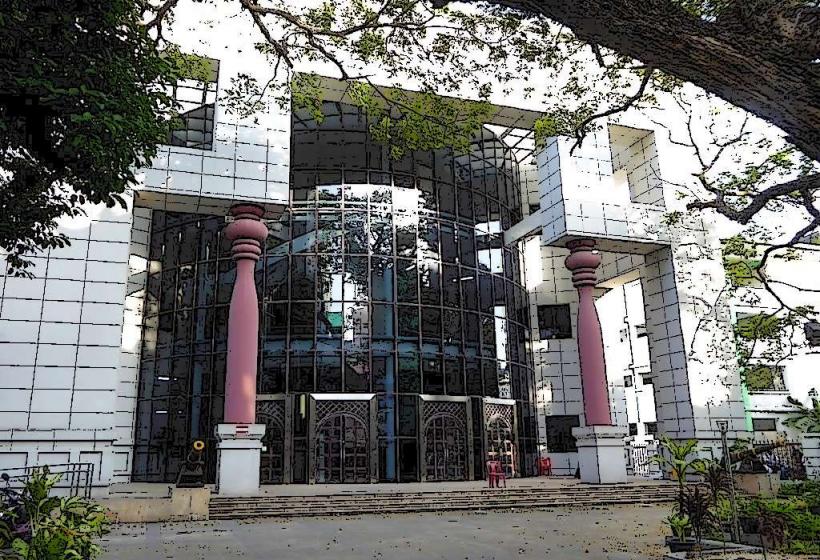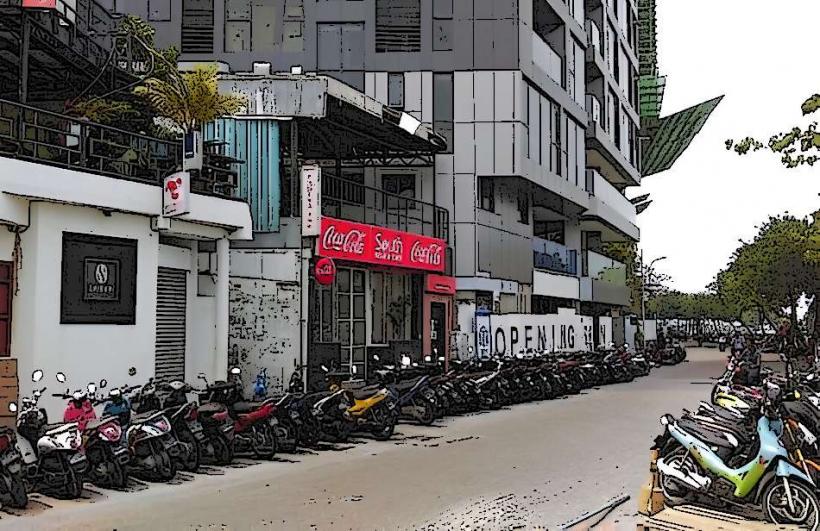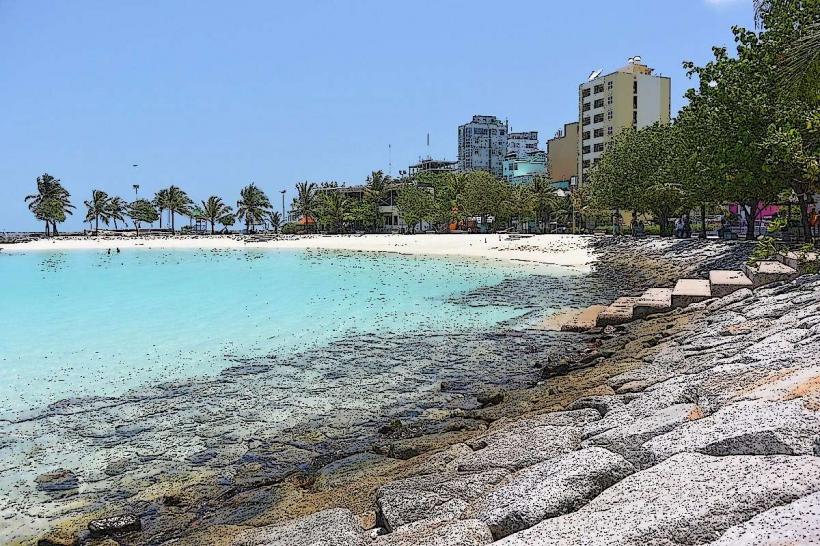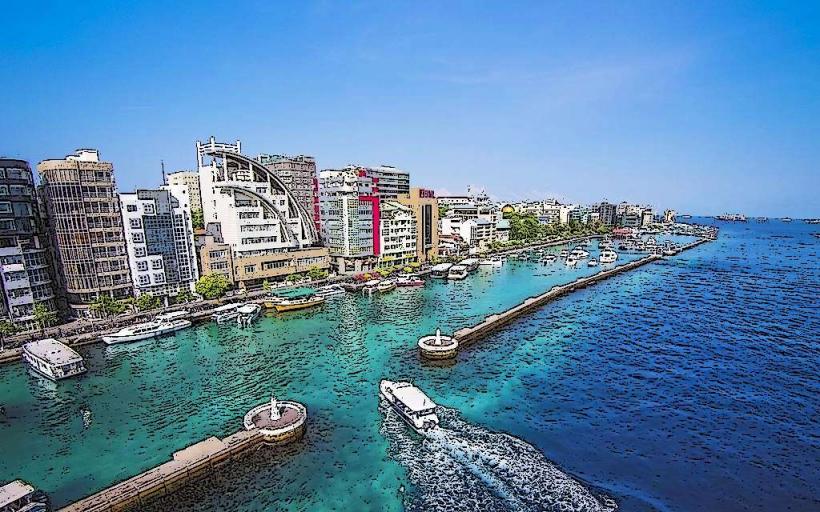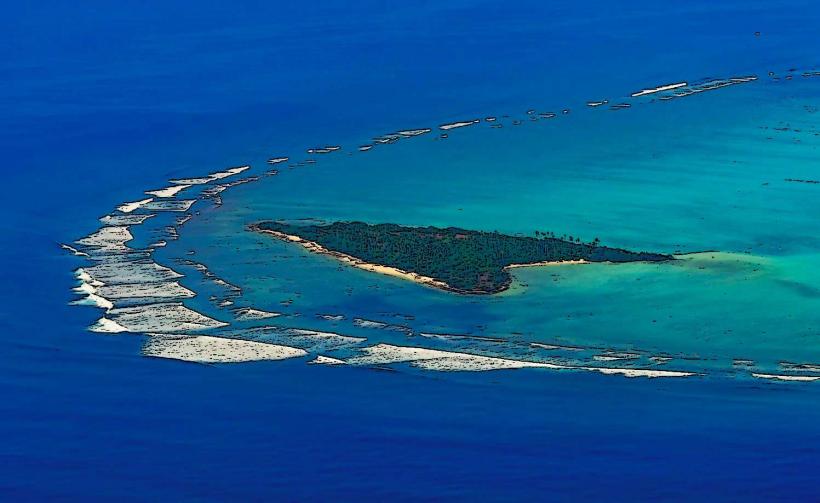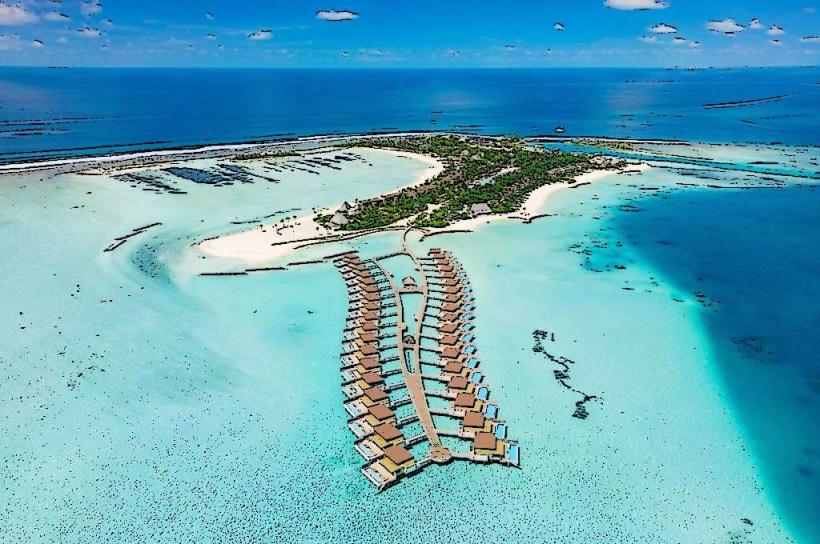Information
Landmark: Tsunami MonumentCity: Male
Country: Maldives
Continent: Asia
The Tsunami Monument in Malé, Maldives, is a significant and poignant landmark dedicated to the victims of the 2004 Indian Ocean tsunami, which devastated many coastal regions, including the Maldives. This monument serves as a tribute to those who lost their lives and the resilience of the Maldivian people in the face of such a catastrophic event.
Here is a detailed look at the Tsunami Monument:
1. Location:
- The Tsunami Monument is located in the Island of Malé, near the Rashdhoo Island. It is prominently situated along the coast, making it an easily accessible and visible site for both locals and tourists. The monument stands as a reminder of the tragic event and the resilience of the Maldivian people.
- The monument is located near the Fishermen's Wharf area, which adds to its symbolic meaning, considering the close connection between the ocean and the Maldivian way of life.
2. History and Background:
- The 2004 Indian Ocean tsunami, which occurred on December 26, 2004, was one of the deadliest natural disasters in history, affecting numerous countries around the Indian Ocean, including the Maldives.
- The tsunami was triggered by a massive undersea earthquake off the west coast of Sumatra, Indonesia, resulting in a series of powerful waves that struck the Maldives and other coastal areas. In the Maldives, the waves caused extensive damage to islands, infrastructure, and homes, while over 80 people lost their lives, and many others were displaced.
- The Tsunami Monument was erected as part of the country’s effort to remember the victims and honor their memory. It stands as a symbol of the country’s recovery and resilience in the aftermath of the disaster.
3. Design and Structure:
- The Tsunami Monument is designed to evoke the theme of loss, memory, and resilience. It is a modern, abstract structure that creatively captures the essence of the event and its aftermath.
- The monument consists of tall, curved pillars that represent the devastating waves of the tsunami. These pillars, which rise high into the sky, are intended to symbolize the towering waves that hit the Maldives during the disaster.
- At the base of the monument, there is an engraved plaque that memorializes the victims of the tsunami. The plaque includes a brief inscription that honors those who lost their lives and acknowledges the strength of the Maldivian people in the face of such a tragedy.
4. Symbolism:
- The pushing up of pillars in the design represents the overwhelming force of the tsunami waves that swept through the islands. The tall, reaching shapes symbolize both the destructive power of nature and the resilient spirit of the Maldivian people who rebuilt their lives in the face of such overwhelming devastation.
- The plaque at the base serves as a memorial to the victims and survivors of the 2004 tsunami, marking the country’s collective memory of the disaster and its aftermath.
- The monument is not just a tribute to the lost lives, but also a celebration of the recovery and strength of the Maldivian nation.
5. Function and Importance:
- The Tsunami Monument serves as a place of reflection and remembrance. It is visited by both locals and tourists who come to pay their respects and reflect on the impact of the tsunami.
- For the residents of the Maldives, the monument is an important site for remembering the lives lost and acknowledging the tremendous efforts made to rebuild and recover after the disaster. It is a reminder of the fragility of life and the strength of human resilience.
- The monument also functions as an educational site, raising awareness about the tsunami and the broader issue of natural disasters, particularly in regions that are vulnerable to the effects of climate change and rising sea levels.
6. Visitor Experience:
- Visitors to the Tsunami Monument can take a moment to reflect on the event and its significance. The monument provides a peaceful and somber atmosphere, allowing people to remember the victims and think about the broader implications of natural disasters.
- The monument is often visited during the anniversary of the tsunami on December 26, when people gather to commemorate those who lost their lives. The occasion is marked by ceremonies and moments of silence.
- The site also offers views of the surrounding area, including the nearby coast and ocean, adding to its contemplative nature.
7. Conclusion:
The Tsunami Monument is a deeply meaningful and symbolic landmark in Malé, serving as a tribute to the victims of the 2004 Indian Ocean tsunami. It stands not only as a memorial to those who lost their lives but also as a symbol of the resilience and recovery of the Maldivian people. The monument is an important part of the country’s national memory and offers visitors a space for reflection, remembrance, and contemplation.

